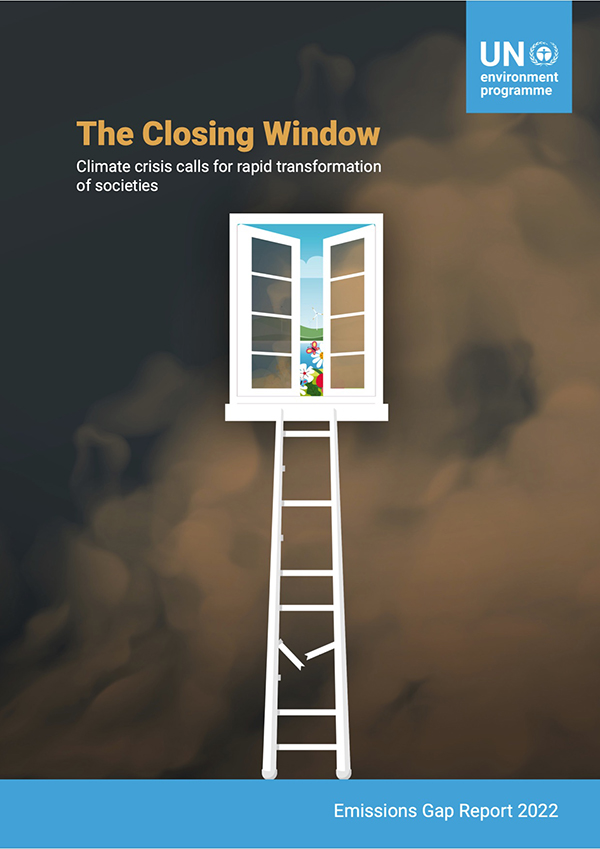
NAIROBI, Oct 27 – The world must cut emissions by 45 percent to avoid a global catastrophe, according to the United Nations Environment Programme’s Emissions Gap Report 2022, launched here today.
According to the report, updated national pledges since COP26 – held in 2021 in Glasgow, UK – make a negligible difference to predicted 2030 emissions and that the world is far from the Paris Agreement goal of limiting global warming to well below 2°C, preferably 1.5°C.
Policies currently in place point to a 2.8°C temperature rise by the end of the century. Implementation of the current pledges will only reduce this to a 2.4-2.6°C temperature rise by the end of the century, for conditional and unconditional pledges respectively.
The report finds that only an urgent system-wide transformation can deliver the enormous cuts needed to limit greenhouse gas emissions by 2030: 45 per cent compared with projections based on policies currently in place to get on track to 1.5°C and 30 per cent for 2°C. The time to take collective, multilateral action will be now.
The report has provided an in-depth exploration of how to deliver the transformation, looking at the required actions in the electricity supply, industry, transport and buildings sectors, and the food and financial systems to avoid a climate crisis.
Speaking at the report’s launch UNEP Executive Director Inger Andersen, urged governments around the world to look at the solutions offered in the report and build them into their climate commitments.
“I urge the private sector to start reworking their practices accordingly. I urge every investor, public and private, to put their capital towards a net-zero world. This is how we can jam open the closing window for climate action and start to change our world for the better, for everyone.
Pointing out that climate change will only get worse, she said the report showed that the world was still not doing anywhere near enough to cut greenhouse gas emissions.
“This report tells us in cold scientific terms what nature has been telling us, all year, through deadly floods, storms and raging fires: we have to stop filling our atmosphere with greenhouse gases, and stop doing it fast.
“We had our chance to make incremental changes, but that time is over. Only a root-and-branch transformation of our economies and societies can save us from accelerating climate disaster,” she said.
“We need to cut 45 per cent off emissions by 2030, over and above what current policies will deliver, to get on track to limiting global warming to 1.5°C. For 2°C, the challenge is smaller but still significant: 30 per cent by 2030.
“The science from UNEP’s Emissions Gap Report and indeed science presented by our friends at the UNFCCC and the WMO earlier this week is resounding: we are sliding from climate crisis to climate disaster.
“This report sends us a very clear message. If we are serious about climate change, we need to kick start a system-wide transformation, now. We need a root-and-branch redesign of the electricity sector, of the transport sector, of the building sector and of food systems. And we need to reform financial systems so that they can bankroll the transformations we cannot escape.”
She said that every effort would count, especially to the vulnerable communities, to those that are yet to be connected to the electricity grid, to species and ecosystems, and to everyone.
“Even if we don’t get everything in place by 2030, we will be setting up the foundation for a carbon-neutral future: one that will allow us to bring down temperature overshoots and deliver other benefits, like green jobs, universal energy access and clean air.
–WE